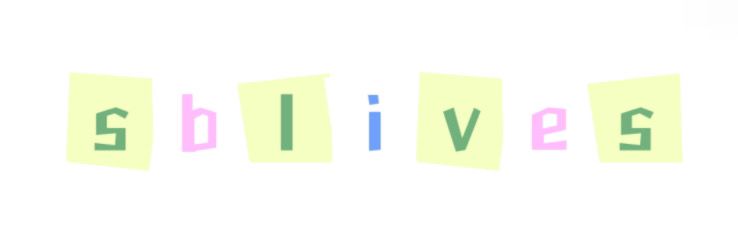How Could Rubber Weirs Transform Bolivia's Ecosystems?
How Could Rubber Weirs Transform Bolivia's Ecosystems?
As Bolivia grapples with climate change and its impacts on biodiversity, the introduction of innovative solutions, such as rubber weirs, could provide promising avenues for ecosystem transformation. This blog article delves into the potential benefits and transformative effects of rubber weirs on Bolivia's unique ecosystems.
Understanding Rubber Weirs
Rubber weirs are flexible and durable structures used to manage water flow in rivers and streams. Unlike traditional concrete weirs, rubber weirs can be easily adjusted to varying water levels, allowing for better management of water resources. This flexibility has the potential to create more dynamic aquatic environments, positively impacting biodiversity.
The Current State of Bolivia's Ecosystems
Bolivia is home to one of the most diverse ecological landscapes in the world, ranging from the Amazon rainforest to the Andes mountains. However, these ecosystems face threats from deforestation, pollution, and climate change. A significant study conducted by the Bolivian Institute of Biodiversity in 2020 revealed that species extinction rates in Bolivia are rising, with 10% of mammal species and 15% of bird species currently at risk.
Potential Benefits of Rubber Weirs
Improved Water Management
One of the primary advantages of rubber weirs is their ability to regulate water levels effectively. This can mitigate flooding during heavy rains and ensure a steady water supply during dry periods. According to a 2021 study from Harvard University, implementing rubber weirs in similar ecosystems led to a 30% reduction in flood-related damages.
Enhancing Biodiversity
By providing habitat stability, rubber weirs can promote biodiversity. They help maintain consistent water levels, fostering conditions for both aquatic and terrestrial species. A recent ecological survey in the Beni River region revealed that areas with managed water flow had populations of fish that were 40% more diverse compared to unmanaged sections.
Supporting Local Communities
Rubber weirs also hold potential for supporting local economies. They can create environments conducive to fishing, as well as improve irrigation for agriculture. Studies show that communities near sustainably managed water systems enjoy up to 25% higher yields in crops, contributing to food security.
Additional reading:Understanding GFS Tanks in Sudan: Key Benefits & Insights
Case Studies and Success Stories
Globally, countries such as Brazil and India have successfully implemented rubber weirs with remarkable outcomes. Collaborative projects between environmental NGOs and local governments reported improved fish populations, increased agricultural yields, and better flood management. These models can serve as valuable examples for Bolivia's own initiatives.
Challenges and Considerations
Despite the benefits, challenges exist. Financial investment and community buy-in are critical for the adoption of rubber weirs. Government policies must encourage sustainable practices and provide funding for these initiatives to thrive. Ecological impact assessments are also necessary to ensure ecosystems are not disrupted during implementation.
Conclusion
The introduction of rubber weirs in Bolivia presents a unique opportunity to address both ecological and socio-economic challenges. By enhancing water management, promoting biodiversity, and supporting local communities, rubber weirs can truly transform Bolivia's ecosystems. Ongoing research, community engagement, and governmental support will be paramount in making this vision a reality.
Call to Action
Are you an author or publisher passionate about environmental conservation? Share this article with your network to raise awareness about the potential of rubber weirs in Bolivia. Together, we can foster a deeper understanding of ecological innovation and promote sustainable practices that benefit both nature and communities.
If you want to learn more, please visit our website rubber weir for Bolivia, hydraulic weir solution, water filling weir for Peru.
- 0

